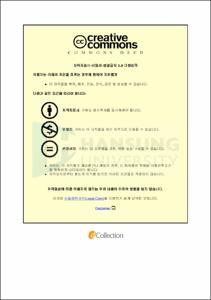노인장기요양보험 재가급여 서비스 만족도 연구
= A Study on the Satisfaction Level of Long-term Medical Treatment Insurance for Aging People Staying at Home
- Type
- Thesis
- Alternative Title
- 방문요양을 중심으로
- Department
- 행정대학원 사회복지학과
- Issued Date
- 2009
- Publisher
- 한성대학교 행정대학원
- Files in This Item:
-
-
Download
 000000359695.pdf
기타 데이터 / 1.05 MB / Adobe PDF
000000359695.pdf
기타 데이터 / 1.05 MB / Adobe PDF
-
Items in Repository are protected by copyright, with all rights reserved, unless otherwise indicated.